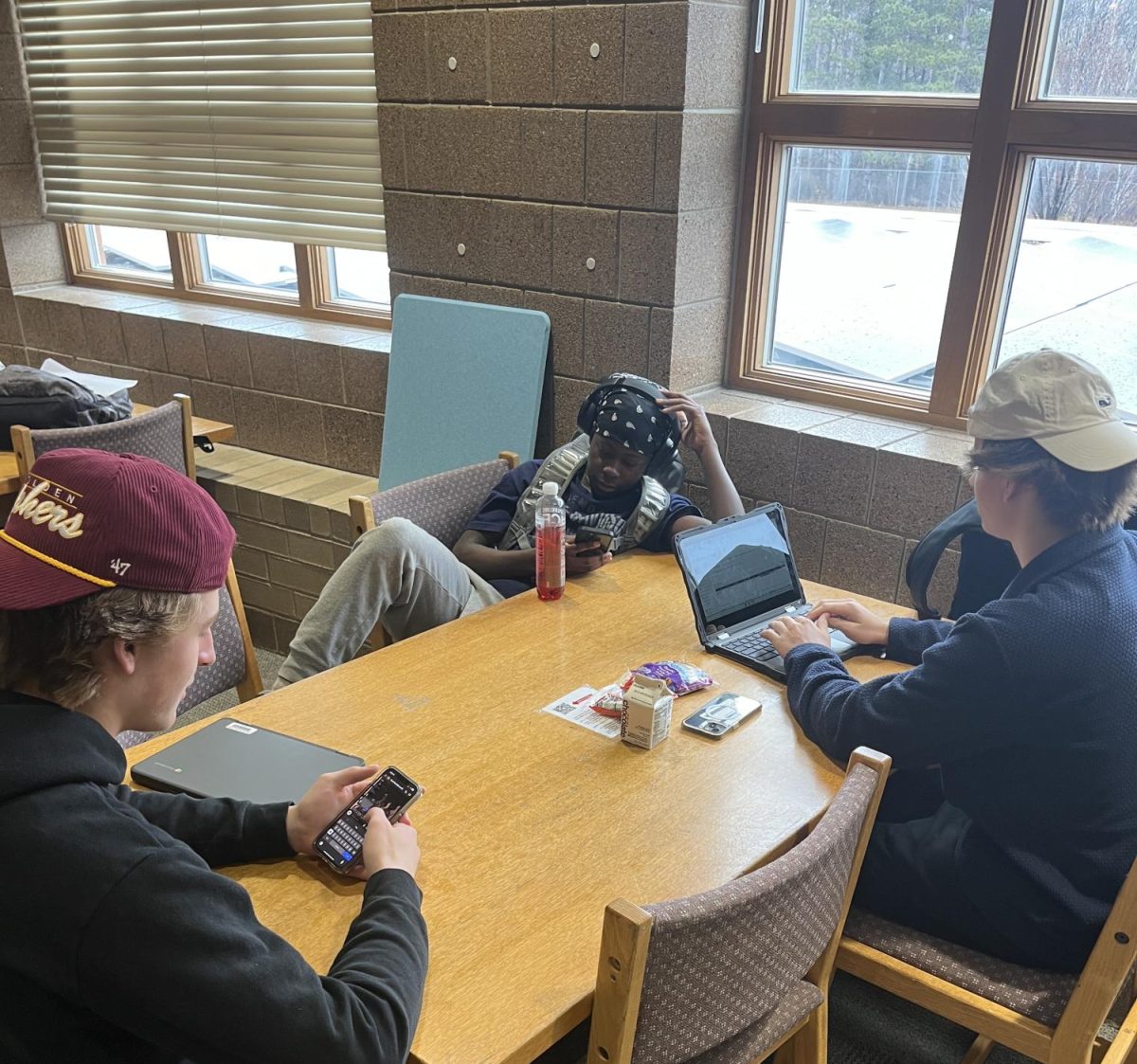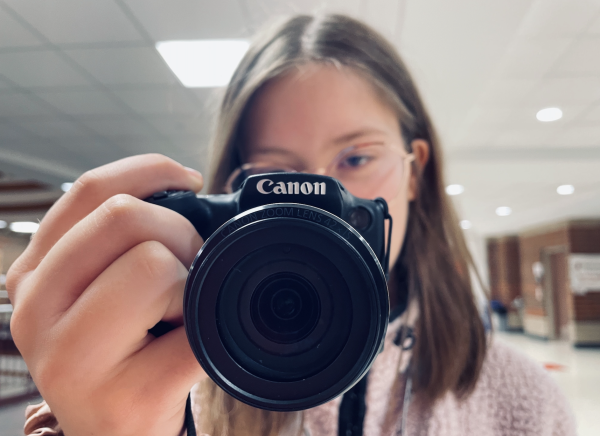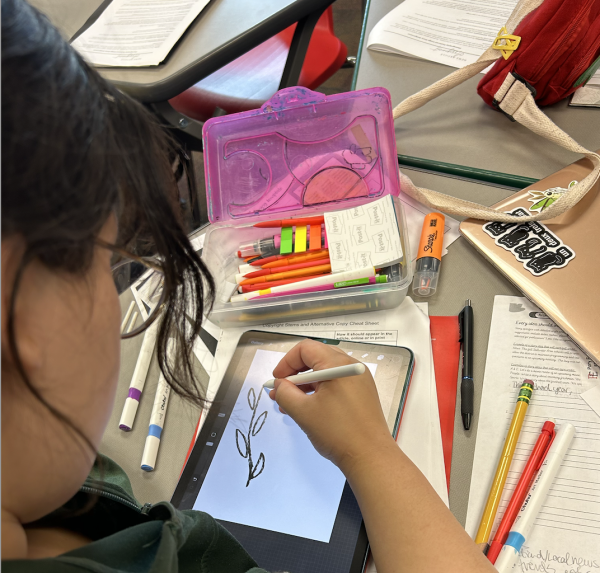Technology has proved to be a helpful resource for many students in their school work, but whether it distracts more than it helps has become an occurring question concerning many teachers. Teachers like psychology and social studies teacher Gerald Coury and Instructional Coach and Chemistry Teacher Geri Handberg have been using phone regulation in their classrooms over their career, whilst other teachers such as AP Biology, CIS Physiology and human anatomy teacher Laura Krajewski have switched to more regulated phone usage this year. Coming back with positive results, it is safe to day a permanent switch should be made.
In a Harvard University study, researchers found that phones cause students to multitask, which in turn negatively impacts learning and task completion. Though distraction is not the only problem that phones cause, continued use of cell phones have been shown to cause reduced reaction times, performance of tasks, overall enjoyment of tasks, and the mind’s capability.
Coury spoke about his concerns about phone use and the impacts it has on students. He said phone apps, such as Instagram, negatively affect young girls’ mental health. He shows his students an article highlighting this fact. During the beginning of the school year he makes sure to inform the students of each of his classes about the dangers of phones and why he feels the phone caddy is necessary.
Students and teachers alike are impacted by phone use in the classroom, and now as more teachers are buying in on phone regulation some teachers such as Handberg have found a different way of regulating phone use. Using self regulation she has the students in an ‘honors system’ of sorts, having a tally to show the students how far away they are from stricter regulations.
Handberg believed that students need to learn to self manage their phone use as they would not always have the phone holders to regulate themselves. “You have to start to develop those self regulations. When you have a job, you can’t use your phone and so… I can help kids start to learn how to self regulate,” Handberg said.
Over her years of teaching she was able to figure out this method and for her it has shown to work. She has a tally to keep track of the breaks, “With reminders, soon, students can self manage,” this is her alternative to the phone caddy. This may be a valuable alternative to the cell phone caddy.
Therefore, the phone policy needs to be kept in place to ensure students learn in the classroom.
According to a Harvard University Study, continued use on cell phones leads to shortened attention span and decreases fast problem solving. This is detrimental as it not only affects school work it also affects the students’ overall problem solving skills, giving long term effects on their lives.
Teacher Laura Krajewski, has recently switched to using phone caddys’ regularly. She found phones as too much of a distraction for her class. She has seen a great improvement in her students’ social interactions during her classes.
“It just seems like when the cell phone was there, even if it was… facedown on the table. It was very easy for a student to be distracted… and so by putting the phone away it’s really just out of sight out of mind,” Krajewski said.
Teachers have already seen improvements with using the phone caddy more regularly, it will be even more effective as more teachers join in on the policy and create a unanimous decision on the matter.










